- Winfred Turnips
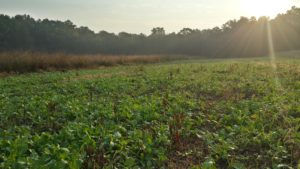
- KB Royal Annual Ryegrass
- Crimson Clover
- Diakon Radish
- Hairy Vetch
- BarKant Turnips
- Jerry Oats
This cover crop planted in early September on my 1.5 acre sweetcorn patch is small enough I usually call it a cover plot. A cover plot is a term I use when planting cover crops for inherent reasons (some of which are covered below) plus the added benefit of a food plot for wildlife. I plant a cover plot for a host of reasons, but let me tell you a little bit about 3 of them:
Good forage for livestock, deer and turkeys.
A variety of cool season plants that produce lots of food value in the late fall early winter will be a fantastic source of nutrition for livestock and wildlife. Brassicas such as Winfred turnips will stay green after frost and will be winter hardy to -5 degrees. Turnips provide a food source after most other plants have gone dormant. Ryegrass will produc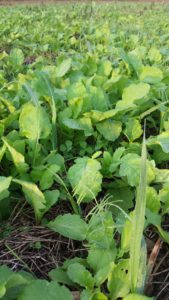 e lots of good green forage during the fall and spring of the year. Oats produce a high value food source in the fall when fall planted but will likely winter kill. Clover and vetch produce lots of protein rich browse for livestock deer and turkey
e lots of good green forage during the fall and spring of the year. Oats produce a high value food source in the fall when fall planted but will likely winter kill. Clover and vetch produce lots of protein rich browse for livestock deer and turkey
Soil Builder and Erosion Control
Having a collection of plants growing in the soil as much as possible slows erosion, improves soil texture and feeds important biological life in the soil. The plant’s root zone environment is the most active biological site in the soil. Keeping the soil surface covered and the root zone active with living plants leads to long term soil stewardship, productivity, and profitability. The more biomass grown in the soil the more organic matter and carbon is stored. More biological life in the soil increases nutrient cycling below ground and a lot of biomass above ground can smother weeds and attract pollinators and beneficial insects.
Water infiltration and retention
Extensive root systems from daikon radishes, turnips, ryegrass, and others, create root channels and build deep organic matter while breaking through compacted layers of soil improving water infiltration. More roots deep in the soil provides food for organisms such as earthworms which create channels in the soil, improving water infiltration and soil structure. Plants that produce a lot of above ground biomass protect the soil surface from the hot sun by shade and a mulch layer that helps retain moisture in the soil. Good soil moisture ensures good decomposition, nutrient cycling, and more water for your plants.
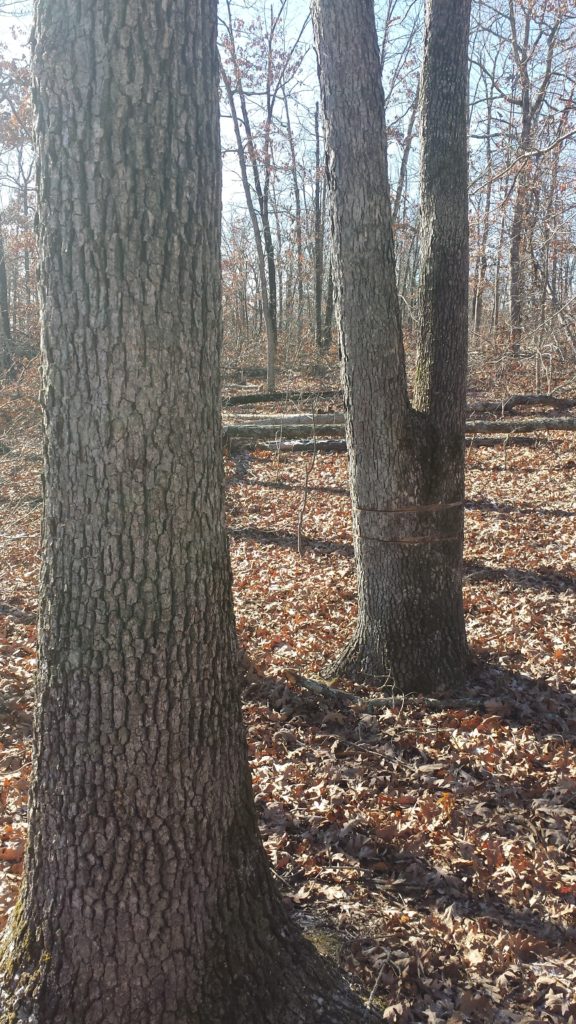
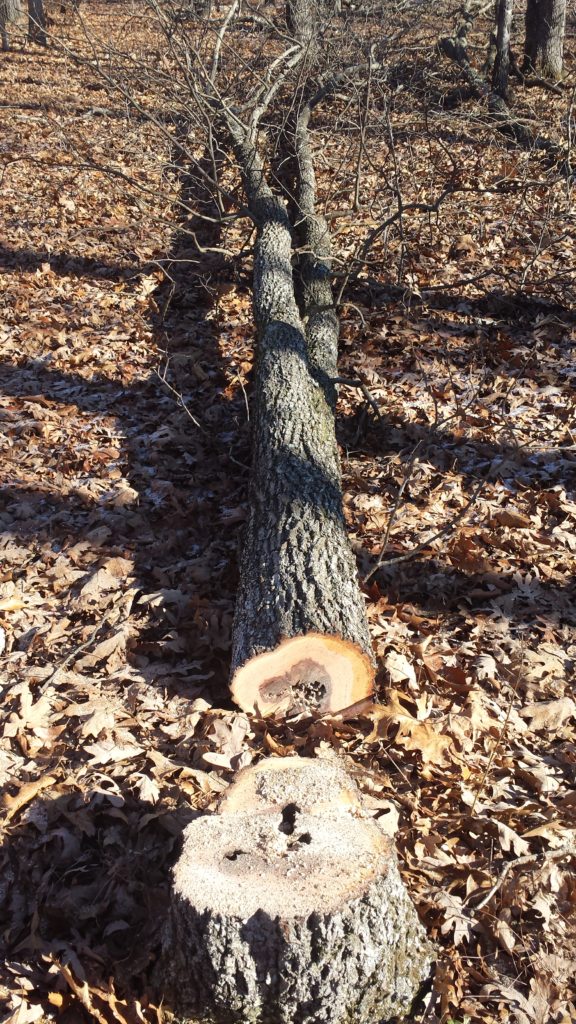
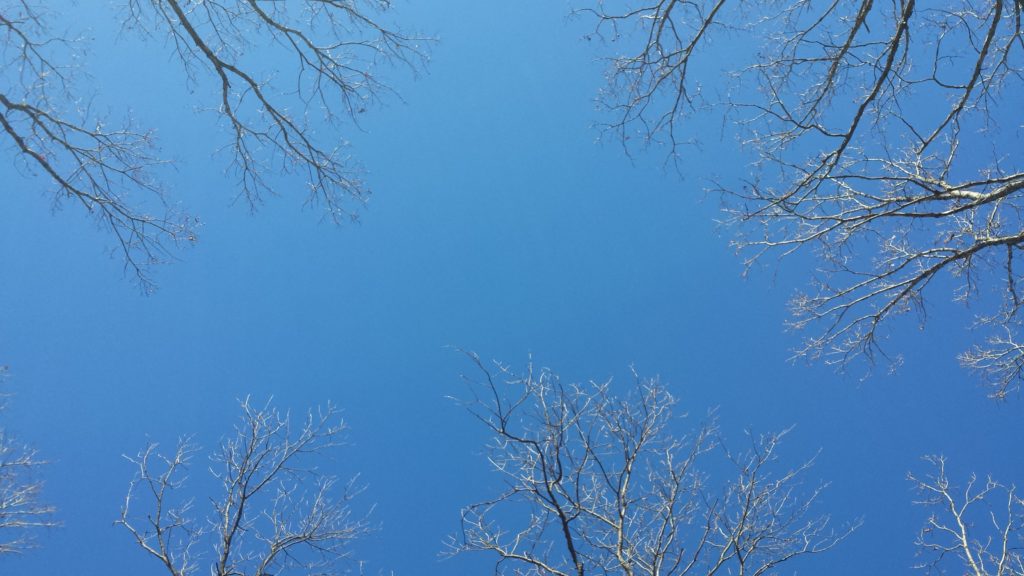
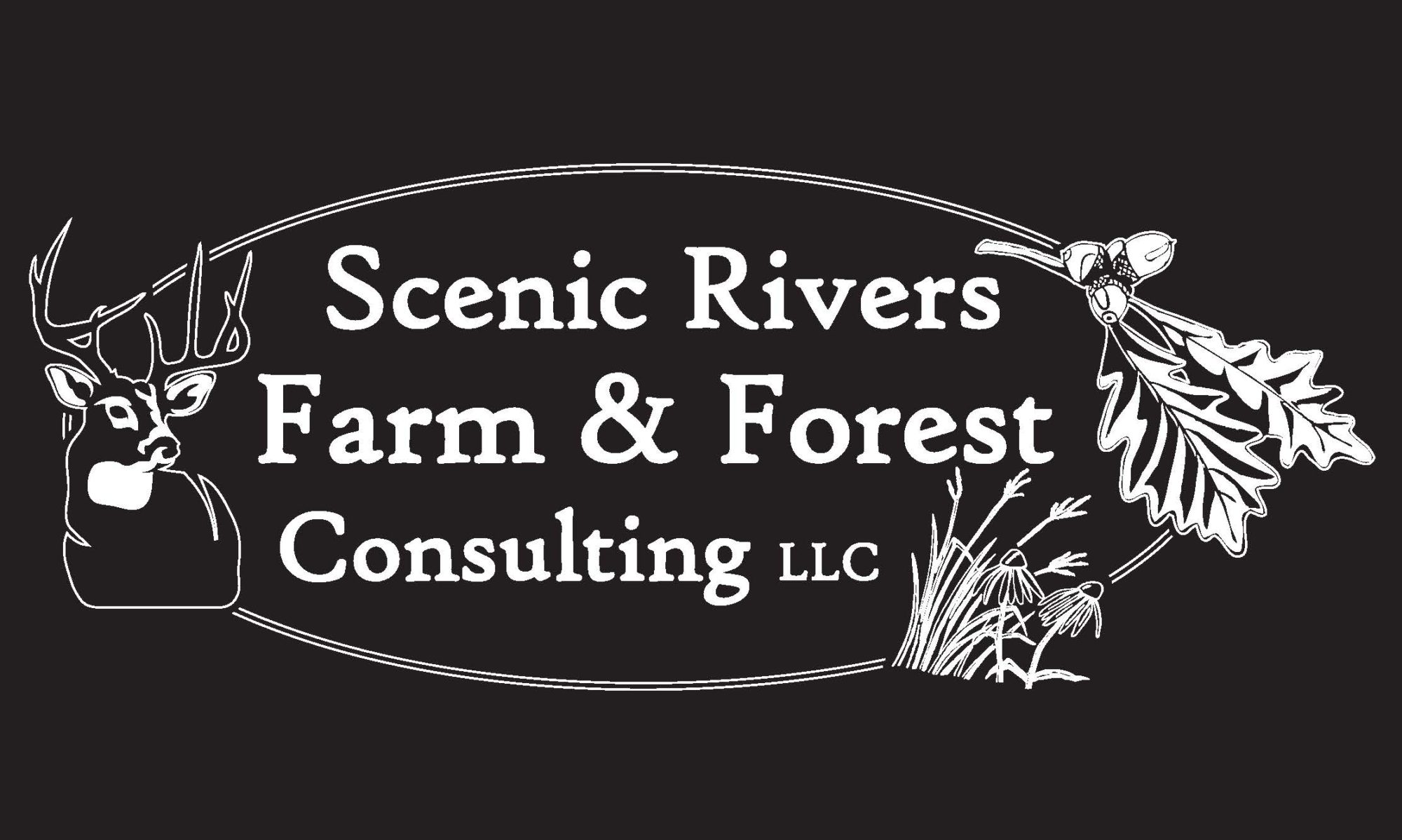
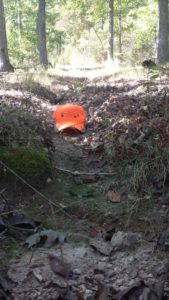

 e lots of good green forage during the fall and spring of the year. Oats produce a high value food source in the fall when fall planted but will likely winter kill. Clover and vetch produce lots of protein rich browse for livestock deer and turkey
e lots of good green forage during the fall and spring of the year. Oats produce a high value food source in the fall when fall planted but will likely winter kill. Clover and vetch produce lots of protein rich browse for livestock deer and turkey